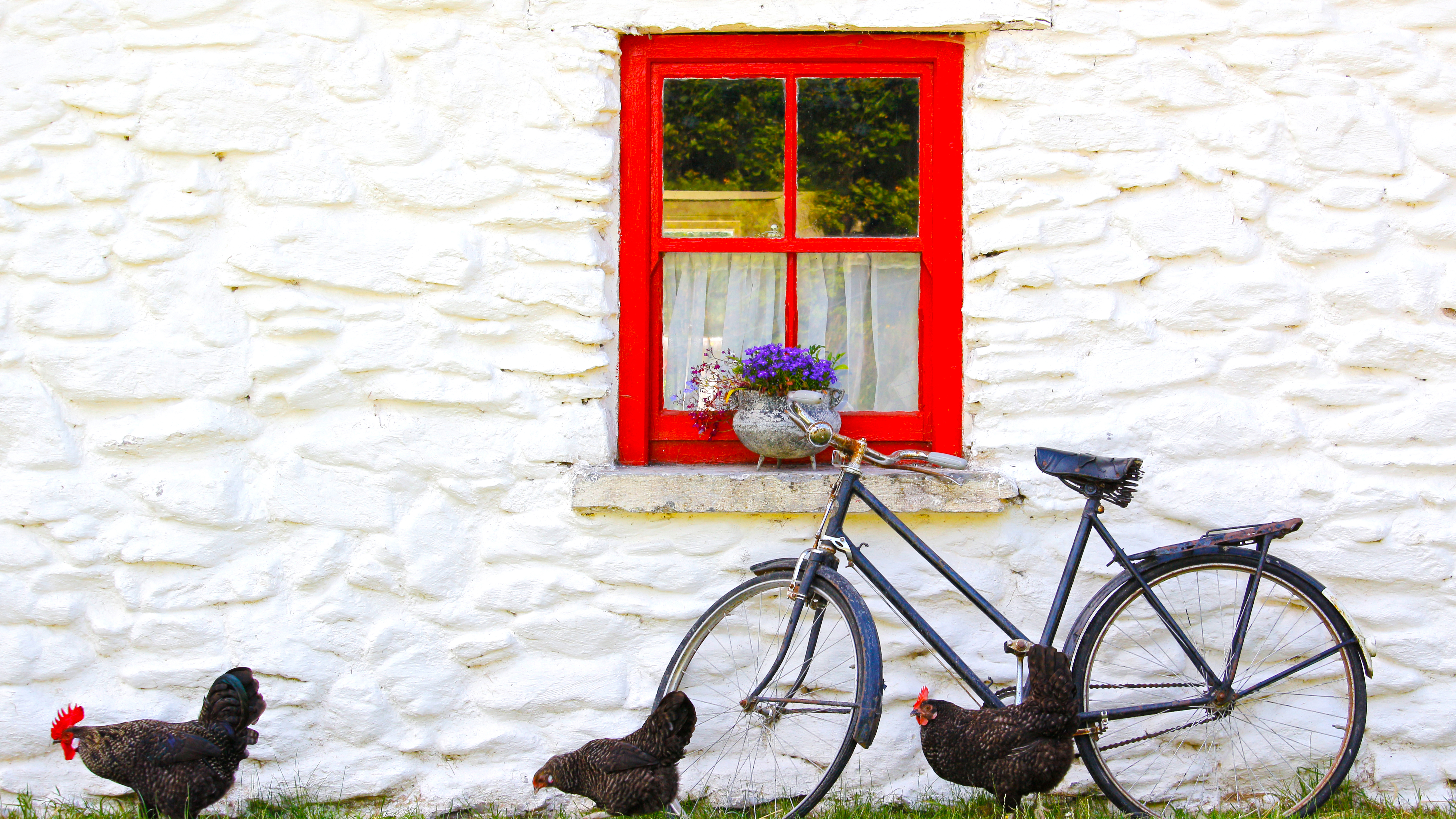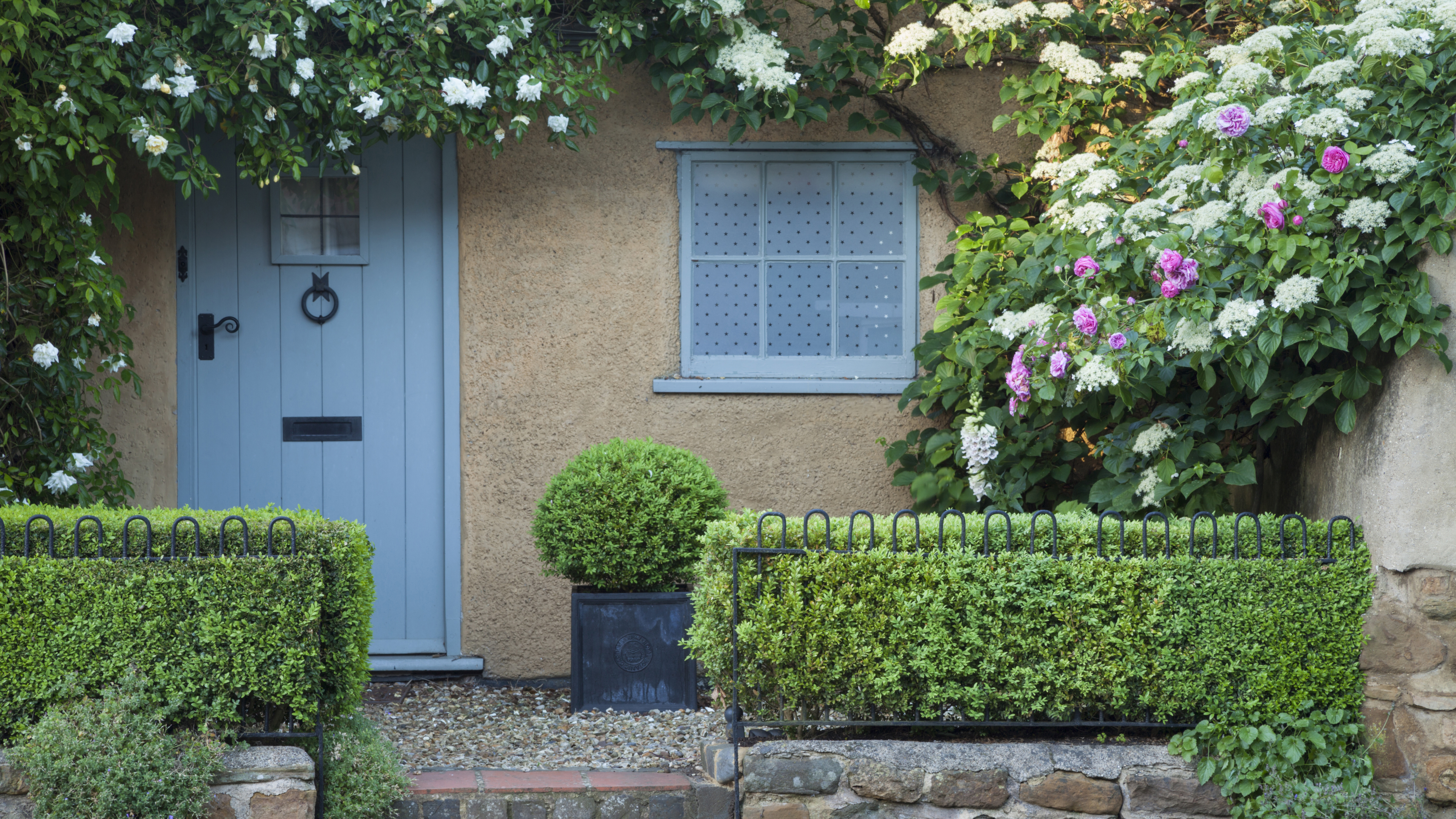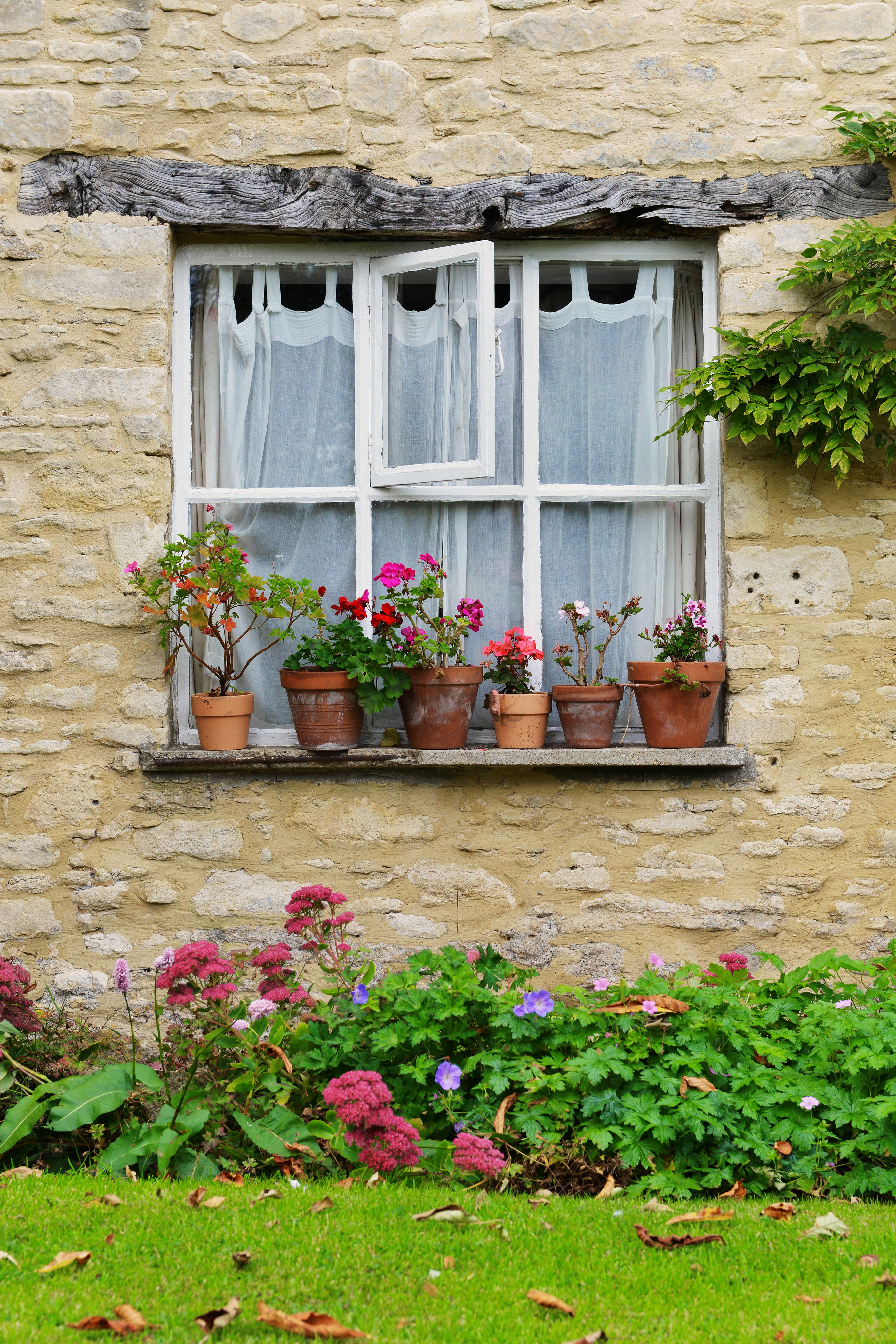
While old windows in period properties do look beautiful, they aren't always the most energy efficient but before you consider replacing your old windows, try installing secondary glazing. Fitting secondary glazing is relatively straightforward (more often than not the sheets can be delivered to your home already cut to size and including fittings) and can be tackled even by a DIY novice...
Find out more about renovating a period house, and about all things windows on our dedicated page.
You will need:
- Secondary glazing panes
- Steel tape measure
- Pencils
- Hacksaw
- Clamps
- Scissors
- Tinsnips
- Bradawl
- Screwdriver
- Clips and screws
1. Measure up the window
Using a steel tape measure take measurements of the glass (not the frame). Add 25mm to each measurement to give you the size of plastic sheeting required. When using the magnet fixing system there must be at least 19mm of flat mounting surface around each side of the window glass.
2. Trim sheets to fit the dimensions
If your window is out of true and you have enough mounting surface around all sides you may make the sheet over-size to allow for the discrepancy. If this isn’t an option, you will need to take measurements and trim the sheet to size. To shape the sheet to follow the curve of the window make a template of card.
3. Carefully cut the sheet
Protect the cutting table with a cotton sheet. Clamp the plastic firmly along the line of the cut and ideally cut by hand using a padsaw or hacksaw. A power saw can be used but it must be set on a slow speed to avoid melting the plastic. Apply light pressure at a shallow angle letting the saw do the work.

4. Apply magnetic strips
Once the top has been shaped, smooth the edge with abrasive paper if required. Use a cloth to wipe away any bits of plastic. Now take the coil of self-adhesive magnetic strip and stick a length to each edge, peeling off the protective paper as you work. The corners can be mitred or simply butted up to the adjacent strip.
5. Position the glazing panel
Hold the sheet up to the window so that it overlaps the window frame evenly on all sides. Two pairs of hands are best but if you’re doing it on your own you will need to prop up the bottom. Once it’s adjusted so the sides overlap evenly draw a pencil line around the sheet to mark the correct outer edge for mounting.
6. Fix the adhesive strip
Take down the sheet. Fit the self-adhesive white metal strip to the window frame matching the outer edge exactly to the pencil lines. Again, peel off the protective paper as you go. At the corners we marked the strip with pencil and used tinsnips to cut the metal. Alternatively you could use heavy-duty scissors.

7. Line up the sheet with the window
Before lining the plastic pane up at the window and fitting the two parts together, mop up any condensation and clean the glass. Peel away the protective coating. Keep it crystal clear by cleaning with a soft lint-free cloth and mild soap in lukewarm water. Abrasive cleaners may damage the plastic.
Top tip: For larger window glazing (120cm x 120cm or more) it is recommended that plastic securing clips are used for extra support. This will stop the possibility of the sheet slowly slipping downwards and coming away from the frame. Remove the secondary window glazing at the end of winter.
Looking for more DIY advice?
Join our newsletter
Get small space home decor ideas, celeb inspiration, DIY tips and more, straight to your inbox!
-
 A $200 fluted panel transformed my drab kitchen in just one weekend
A $200 fluted panel transformed my drab kitchen in just one weekendHow to install a fluted kitchen panel: A speedy and achievable DIY tutorial even for DIY novices
By Claire Douglas Published
-
 How to replace a broken staircase spindle in 30 minutes flat
How to replace a broken staircase spindle in 30 minutes flatA missing or broken spindle on a staircase is not only unsightly, but it can be a real hazard. This is how to fix it in a few quick steps.
By Kate Sandhu Published
-
 An IKEA Billy bookcase hack inspired this cute media wall DIY
An IKEA Billy bookcase hack inspired this cute media wall DIYThis cute DIY was inspired by an IKEA Billy bookcase hack and brought a ton of symmetry to an otherwise basic media wall space.
By Camille Dubuis-Welch Published
-
 Share your small space glow up to win $150 in the Real Homes competition
Share your small space glow up to win $150 in the Real Homes competitionShow off your creativity and DIY skills to win $150 and for the chance to be featured exclusively in Real Homes magazine
By Camille Dubuis-Welch Last updated
-
 This oversized headboard looks designer, and takes 5 steps to DIY
This oversized headboard looks designer, and takes 5 steps to DIYSuper simple to DIY, this oversized headboard will give your bedroom space all the designer vibes you could dream of.
By Claire Douglas Published
-
 How to paint a door and refresh your home instantly
How to paint a door and refresh your home instantlyPainting doors is easy with our expert advice. This is how to get professional results on front and internal doors.
By Claire Douglas Published
-
 My DIY range hood and backsplash build gave my kitchen the perfect farmhouse finish
My DIY range hood and backsplash build gave my kitchen the perfect farmhouse finishI craved charm in my kitchen space and adding a custom range hood and shelving was the best move.
By Brooke Waite Published
-
 How to paint a radiator in 7 steps
How to paint a radiator in 7 stepsPainting radiators properly is all about choosing the right paint and the best process. Get interior designer-worthy results with our how-to.
By Kate Sandhu Published

